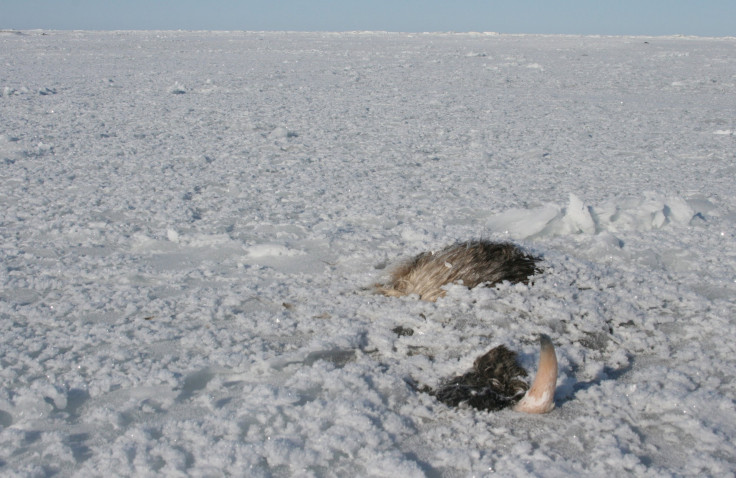Alaska's Bering Land Bridge Site Produces New Evidence Indicating Prehistoric Trade With Asia

Archaeologists working at the Bering Land Bridge National Preserve in Alaska have found a new piece of evidence that indicates prehistoric trade -- dating back 1,000 years -- between the region and Asia. The first evidence of such trade was found four years ago on the Alaska side of the Bering Strait.
The latest discovery involves a flake of obsidian, a glassy volcanic rock that quickly hardens into crystal and carries the chemical fingerprint of how it was formed. The flake found at the site has been traced back to Russia’s Chukotka Peninsula. The dig is being led by the University of Colorado and Jeff Rasic, a National Park Service archaeologist who analyzed the flake for over a year since it was found, and concluded that it did not come from Alaska.
“It’s one of the things that we can very definitely say came from a specific place on the planet,” Rasic said, according to Alaska Dispatch News, adding: “We can say that this one came from Chukotka.”
The latest discovery, recent finds and artifacts collected over the last 100 years show that present-day Alaska had dealings with East Asian civilizations, centuries before America was discovered by European explorers.
The previous evidence found four years ago -- at Cape Espenberg, an early native American settlement on Alaska's Northern Seward Peninsula -- was a bronze fastener, which could have been used as a belt buckle and is expected to have been made in East Asia.
“We’re seeing the interactions, indirect as they are, with these so-called ‘high civilizations’ of China, Korea or Yakutia [a region in Russia],” Owen Mason, a research associate at the University of Colorado, who is part of a team excavating the site, said, according to Discovery News.
Rasic arrived at his conclusion after he visited Magadan, Russia, and found a match for the thumbnail-size obsidian at a regional repository. The flake is expected to be a remnant of a tool carried in and out of the Cape Espenberg site.
“There was a tool from Chukotka that probably passed through this site and probably passed out of it,” Rasic said, according to Alaska Dispatch News, adding: “While it was there, they did a little bit of sharpening or repair to this tool and left a little flake behind.
“It’s got incredibly sharp edges. They’re sharper than a surgeon’s scalpel,” Rasic added.
© Copyright IBTimes 2025. All rights reserved.






















